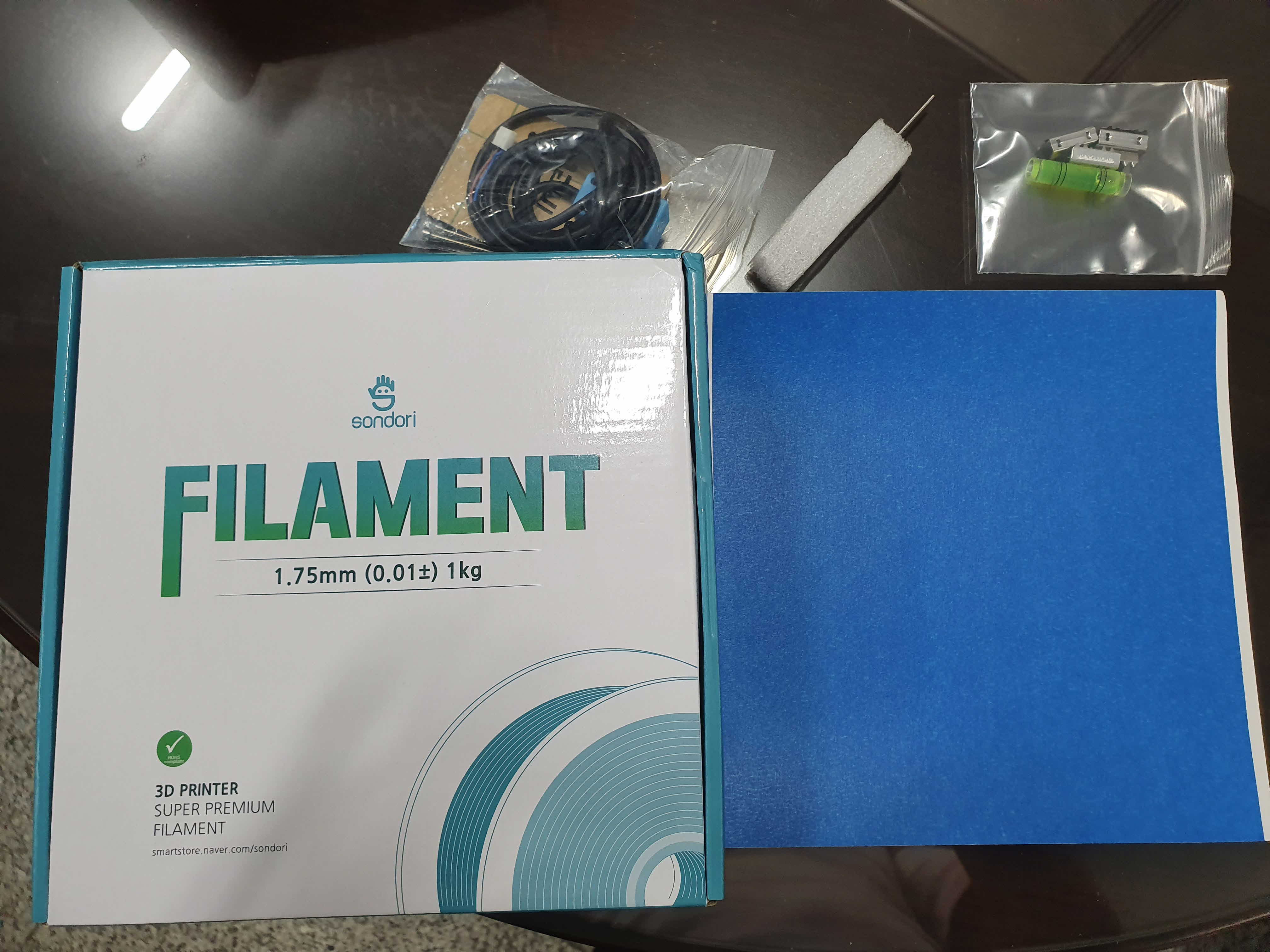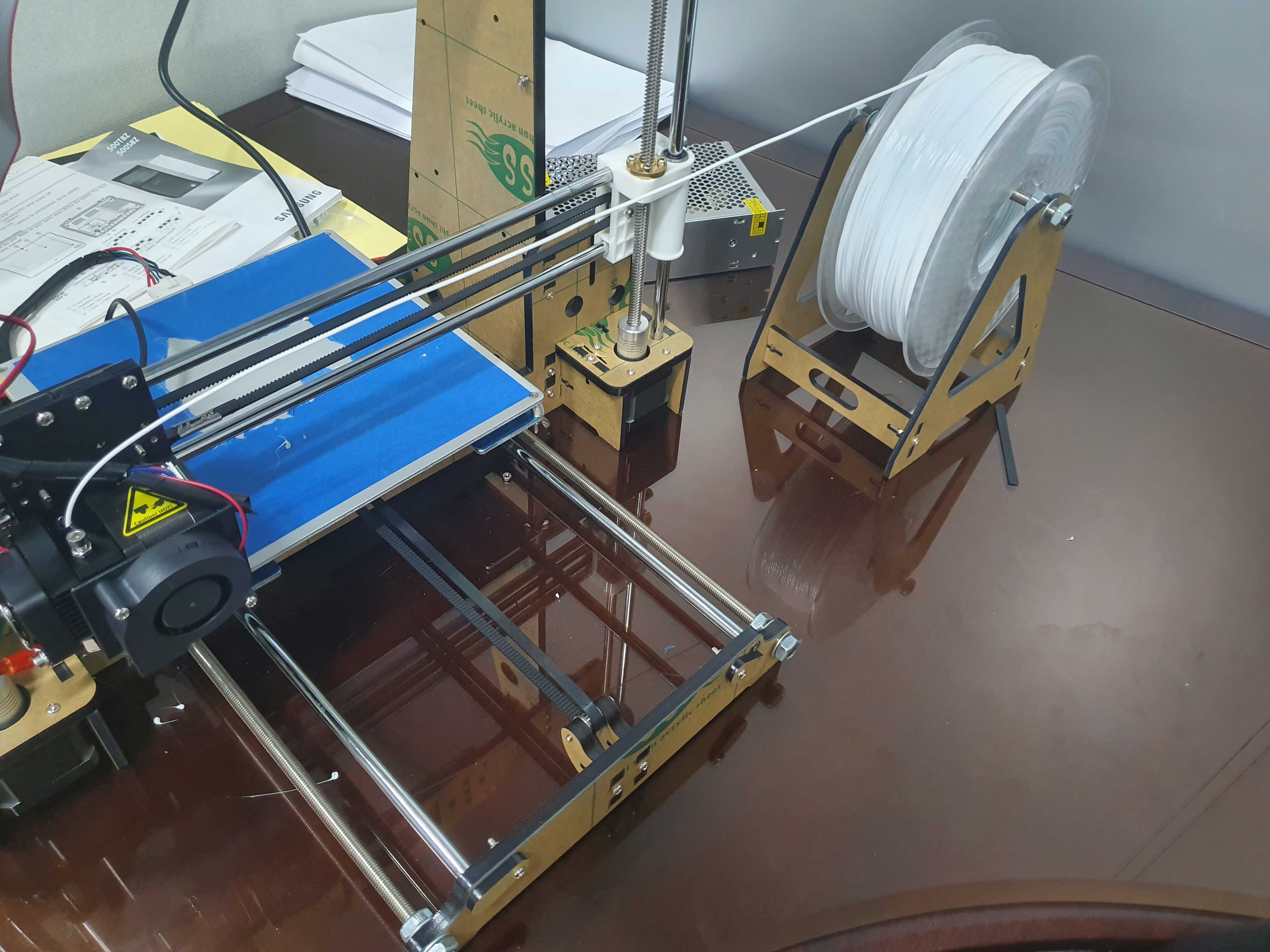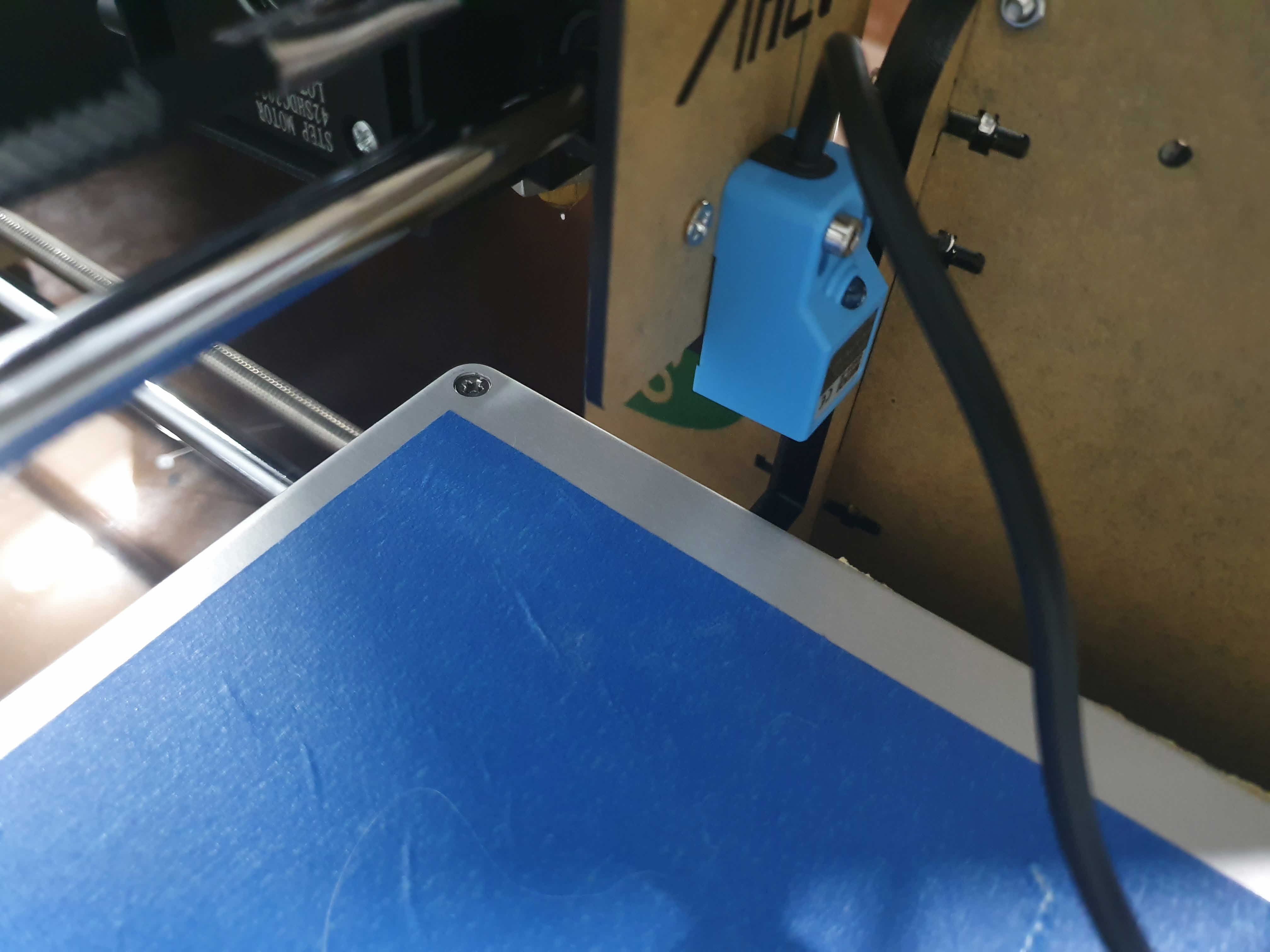- 2017. 03. 23.
- 읽는 데 6분
-
Handling Platform Divergence & Features
Divergence isn’t just a ‘cross-platform’ problem; devices on the ‘same’ platform have different capabilities (especially the wide variety of Android devices that are available). The most obvious and basic is screen size, but other device attributes can vary and require an application to check for certain capabilities and behave differently based on their presence (or absence).
This means all applications need to deal with graceful degradation of functionality, or else present an unattractive, lowest-common-denominator feature set. Xamarin’s deep integration with the native SDKs of each platform allow applications to take advantage of platform-specific functionality, so it makes sense to design apps to use those features.
See the Platform Capabilities documentation for an overview of how the platforms differ in functionality.
Examples of Platform Divergence
Fundamental elements that exist across platforms
There are some characteristics of mobile applications that are universal. These are higher-level concepts that are generally true of all devices and can therefore form the basis of your application’s design:
- Feature selection via tabs or menus
- Lists of data and scrolling
- Single views of data
- Editing single views of data
- Navigating back
When designing your high-level screen flow you can base a common user experience on these concepts.
Platform-specific attributes
In addition to the basic elements that exist on all platforms, you will need to address key platform differences in your design. You may need to consider (and write code specifically to handle) these differences:
- Screen sizes – Some platforms (like iOS and earlier Windows Phone versions) have standardized screen sizes that are relatively simple to target. Android devices have a large variety of screen dimensions, which require more effort to support in your application.
- Navigation metaphors – Differ across platforms (eg. hardware ‘back’ button, Panorama UI control) and within platforms (Android 2 and 4, iPhone vs iPad).
- Keyboards – Some Android devices have physical keyboards while others only have a software keyboard. Code that detects when a soft-keyboard is obscuring part of the screen needs to be sensitive to these differences.
- Touch and gestures – Operating system support for gesture recognition varies, especially in older versions of each operating system. Earlier versions of Android have very limited support for touch operations, meaning that supporting older devices may require separate code
- Push notifications – There are different capabilities/implementations on each platform (eg. Live Tiles on Windows).
Device-specific features
Determine what the minimum features required for the application must be; or when decide what additional features to take advantage of on each platform. Code will be required to detect features and disable functionality or offer alternatives (eg. an alternative to geo-location could be to let the user type a location or choose from a map):
- Camera – Functionality differs across devices: some devices don’t have a camera, others have both front- and rear-facing cameras. Some cameras are capable of video recording.
- Geo-location & maps – Support for GPS or Wi-Fi location is not present on all devices. Apps also need to cater for the varying levels of accuracy that’s supported by each method.
- Accelerometer, gyroscope and compass – These features are often found in only a selection of devices on each platform, so apps almost always need to provide a fallback when the hardware isn’t supported.
- Twitter and Facebook – only ‘built-in’ on iOS5 and iOS6 respectively. On earlier versions and other platforms you will need to provide your own authentication functions and interface directly with each services’ API.
- Near Field Communications (NFC) – Only on (some) Android phones (at time of writing).
Dealing with Platform Divergence
There are two different approaches to supporting multiple platforms from the same code-base, each with its own set of benefits and disadvantages.
- Platform Abstraction – Business Façade pattern, provides a unified access across platforms and abstracts the particular platform implementations into a single, unified API.
- Divergent Implementation – Invocation of specific platform features via divergent implementations via architectural tools such as interfaces and inheritance or conditional compilation.
Platform Abstraction
Class Abstraction
Using either interfaces or base classes defined in the shared code and implemented or extended in platform-specific projects. Writing and extending shared code with class abstractions is particularly suited to Portable Class Libraries because they have a limited subset of the framework available to them and cannot contain compiler directives to support platform-specific code branches.
Interfaces
Using interfaces allows you to implement platform-specific classes that can still be passed into your shared libraries to take advantage of common code.
The interface is defined in the shared code, and passed into the shared library as a parameter or property.
The platform-specific applications can then implement the interface and still take advantage of shared code to ‘process’ it.
Advantages
The implementation can contain platform-specific code and even reference platform-specific external libraries.
Disadvantages
Having to create and pass implementations into the shared code. If the interface is used deep within the shared code then it ends up being passed through multiple method parameters or otherwise pushed down through the call chain. If the shared code uses lots of different interfaces then they must all be created and set in the shared code somewhere.
Inheritance
The shared code could implement abstract or virtual classes that could be extended in one or more platform-specific projects. This is similar to using interfaces but with some behavior already implemented. There are different viewpoints on whether interfaces or inheritance are a better design choice: in particular because C# only allows single inheritance it can dictate the way your APIs can be designed going forward. Use inheritance with caution.
The advantages and disadvantages of interfaces apply equally to inheritance, with the additional advantage that the base class can contain some implementation code (perhaps an entire platform agnostic implementation that can be optionally extended).
Xamarin.Forms
See the Xamarin.Forms documentation.
Other Cross-Platform Libraries
These libraries also offer cross-platform functionality for C# developers:
- Xamarin.Essentials – Cross-platform APIs for common features.
- SkiaSharp – Cross-platform 2D graphics.
Conditional Compilation
There are some situations where your shared code will still need to work differently on each platform, possibly accessing classes or features that behave differently. Conditional compilation works best with Shared Asset Projects, where the same source file is being referenced in multiple projects that have different symbols defined.
Xamarin projects always define __MOBILE__ which is true for both iOS and Android application projects (note the double-underscore pre- and post-fix on these symbols).
C#복사
#if __MOBILE__ // Xamarin iOS or Android-specific code #endif iOS
Xamarin.iOS defines __IOS__ which you can use to detect iOS devices.
C#복사
#if __IOS__ // iOS-specific code #endif
There are also Watch- and TV-specific symbols:
C#복사
#if __TVOS__ // tv-specific stuff #endif #if __WATCHOS__ // watch-specific stuff #endif Android
Code that should only be compiled into Xamarin.Android applications can use the following
C#복사
#if __ANDROID__ // Android-specific code #endif
Each API version also defines a new compiler directive, so code like this will let you add features if newer APIs are targeted. Each API level includes all the ‘lower’ level symbols. This feature is not really useful for supporting multiple platforms; typically the __ANDROID__ symbol will be sufficient.
C#복사
#if __ANDROID_11__ // code that should only run on Android 3.0 Honeycomb or newer #endif Mac
There is not currently a built-in symbol for Xamarin.Mac, but you can add your own in the Mac app project Options > Build > Compiler in the Define symbols box, or edit the .csproj file and add there (for example __MAC__)
XML복사
<PropertyGroup><DefineConstants>__MAC__;$(DefineConstants)</DefineConstants></PropertyGroup> Universal Windows Platform (UWP)
Use WINDOWS_UWP. There are no underscores surrounding the string like the Xamarin platform symbols.
C#복사
#if WINDOWS_UWP // UWP-specific code #endif Using Conditional Compilation
A simple case-study example of conditional compilation is setting the file location for the SQLite database file. The three platforms have slightly different requirements for specifying the file location:
- iOS – Apple prefers non-user data to be placed in a specific location (the Library directory), but there is no system constant for this directory. Platform-specific code is required to build the correct path.
- Android – The system path returned by Environment.SpecialFolder.Personal is an acceptable location to store the database file.
- Windows Phone – The isolated storage mechanism does not allow a full path to be specified, just a relative path and filename.
- Universal Windows Platform – Uses Windows.Storage APIs.
The following code uses conditional compilation to ensure the DatabaseFilePath is correct for each platform:
C#복사
public static string DatabaseFilePath { get { var filename = "TodoDatabase.db3"; #if SILVERLIGHT // Windows Phone 8 var path = filename; #else #if __ANDROID__ string libraryPath = Environment.GetFolderPath(Environment.SpecialFolder.Personal); ; #else #if __IOS__ // we need to put in /Library/ on iOS5.1 to meet Apple's iCloud terms // (they don't want non-user-generated data in Documents) string documentsPath = Environment.GetFolderPath (Environment.SpecialFolder.Personal); // Documents folder string libraryPath = Path.Combine (documentsPath, "..", "Library"); #else // UWP string libraryPath = Windows.Storage.ApplicationData.Current.LocalFolder.Path; #endif #endif var path = Path.Combine (libraryPath, filename); #endif return path; }
The result is a class that can be built and used on all platforms, placing the SQLite database file in a different location on each platform.
'IT' 카테고리의 다른 글
| (100만원 이하 노트북)레노버 노트북 VS 한성컴퓨터 보스몬스터 (레노버 11월 할인코드) (0) | 2019.11.02 |
|---|---|
| 지금 엘룬엔 역대급 보상 쏟아지는 중♬ 다 퍼드리는 신규보상 받으시고 수월하게 시작해보세요! (0) | 2019.10.29 |
| 개천절에 음란 피씨고치기 (0) | 2019.10.03 |
| 3D 프린트 Anet A8 출력 테스트 (0) | 2019.09.30 |
| 별이되어라 (0) | 2019.09.28 |








